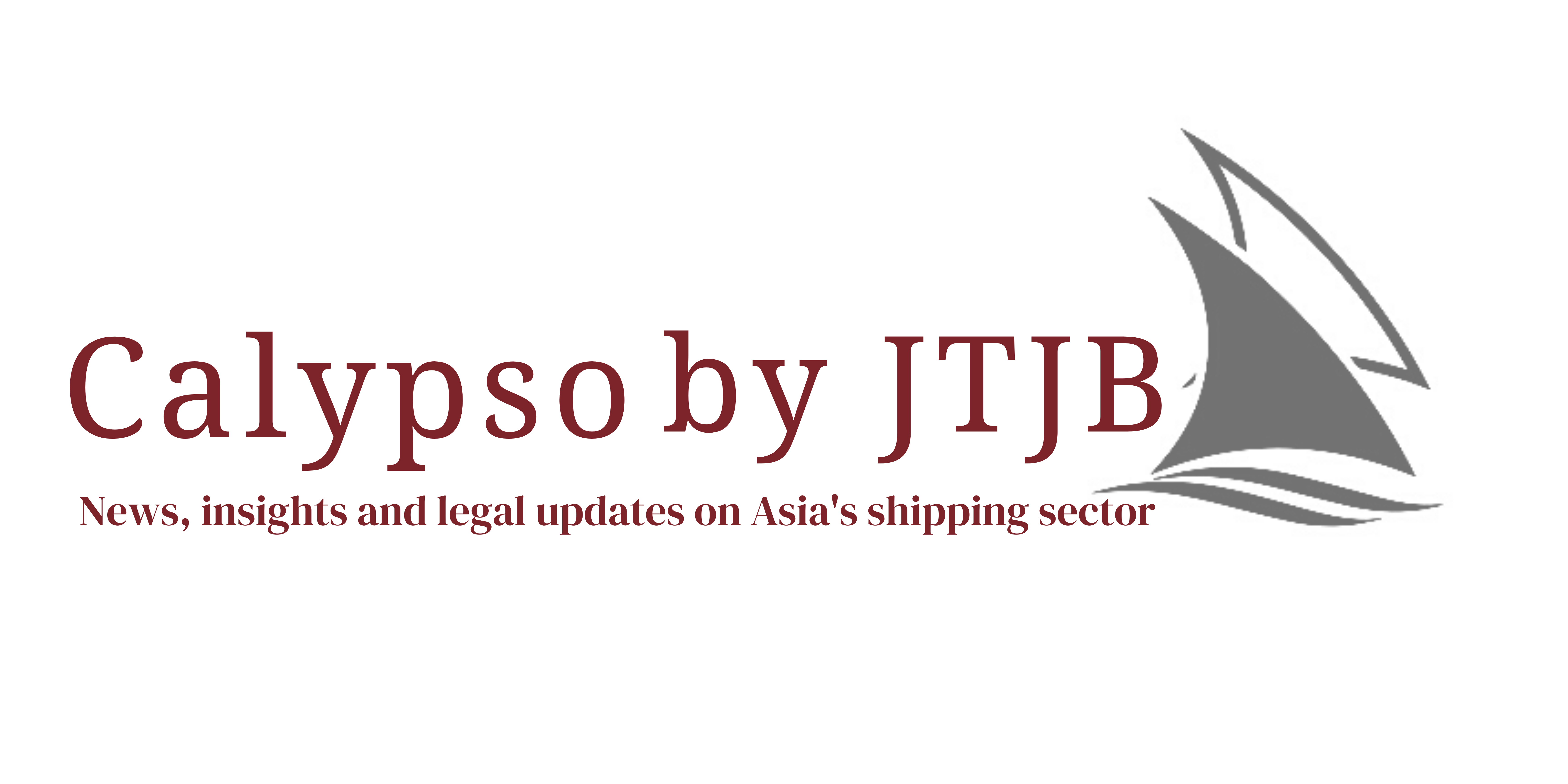
Mediation – An effective means of settling decarbonisation disputes
The Global Decarbonisation Drive
Climate change continues to drive the decarbonisation of the shipping industry as countries, and in some instances private organisations, find ways to reduce the impact the sector has on the environment.
Countries around the world are committed to lowering greenhouse gas emissions and Singapore is no exception. The Port of Singapore is the second busiest port in the world in terms of container movement and, although the city-state only contributes 0.11% to global emissions, it hopes to achieve net zero emissions by or around 2050.
JTJB Managing Partner K. Murali Pany, comments: “the authorities are committed to building a sustainable maritime sector in Singapore. Last year, the MPA unveiled its decarbonisation blueprint and in April this year, the MPA signed an MOU with the Ports of Los Angeles Long Beach to establish a green and digital shipping corridor between Singapore and the San Pedro Bay port complex.”
Some of the things Singapore has done to introduce sustainable practices within the shipping and port industries include efforts to decarbonise:
- port terminals eg: through automation and digitalisation to help move towards cleaner energy;
- the Singapore Registry of Ships (SRS) eg: by recognising and incentivising owners to operate green ships;
- harbour craft and ensuring they operate on low-carbon energy solutions by 2030.
*Maritime Singapore Decarbonisation Blueprint: Working Towards 2050
Potential Challenges Industry Players May Face
There are, however, several potential challenges as the move to decarbonisation is still in its infancy:
- Finding the right technology – or green fuels – to move over to;
- Avoiding carbon leakage and unfair competition, both of which act as barriers in creating a carbon-neutral sector;
- Regulatory uncertainty and the fact that the technology adopted does not have the usual regulatory tools to set standards for use and certification; and
- Potential operational and technical obstacles.
Shipping transactions inherently expose the ship itself to multiple sources of regulations including the law of the flag, the laws of the countries it is traveling to and from, international high seas law as well as various other contractual relationships.
Pany notes that “there are potential legal risks as individual nation states are free to interpret broader laws as they wish.”
Mediation as a means of Dispute Resolution
New boundaries are being charted which in turn involve uncertainties at all levels including outcomes. There is also a lack of clarity in commercial contracts relating to the allocation of risk when addressing decarbonisation.
Disputes may arise in relation to:
- Operational disputes eg: contractual issues arising out of operational efficiency clauses relating to carbon adjustment structures;
- Financial disputes, including the interpretation of standards;
- Technical disputes, including ship building warranties;
- Collaboration disputes;
- Greenwashing disputes.
- Charterparty disputes arising out of new fuel or vessel performance warranties.
Considering the complexities that are likely to be involved in any decarbonisation dispute, having an effective means of dispute resolution is critical.
Mediation may be such a means, whereby a mediator assists the parties in resolving their dispute outside the courts. Mediators can be experienced shipping lawyers, retired judges or barristers, or external experts with specialist knowledge.
Court or arbitration proceedings involve a binary win/lose outcome. Mediation however offers a range of outcomes from win/win to sharing the loss.
A consensual or more collaborative approach may be a better platform for resolving disputes where the ultimate underlying issue transcends individual interests namely, addressing climate change for the common and greater good.
Other advantages of mediation are:
- Quicker than arbitration or litigation;
- Low cost compared to court proceedings;
- Useful if parties hope to preserve their business relationship;
- Non-binding unless both parties sign an agreement, promoting flexibility.
Mediation Clauses in Contracts
The best protection against this uncertain environment is for ship owners to anticipate potential areas of disputes and have appropriate mechanisms in place to enable disputes to be addressed effectively.
To ensure that parties can avail themselves of this useful option for resolving disputes, mediation clauses should be included in commercial contracts to make it part of the dispute resolution process.
Pany suggests that “parties can have a tiered dispute resolution clause where mediation is a mandatory step before turning to litigation or arbitration.”
Don’t miss out on the latest legal updates and subscribe to our mailing list for timely insights – subscribe here
